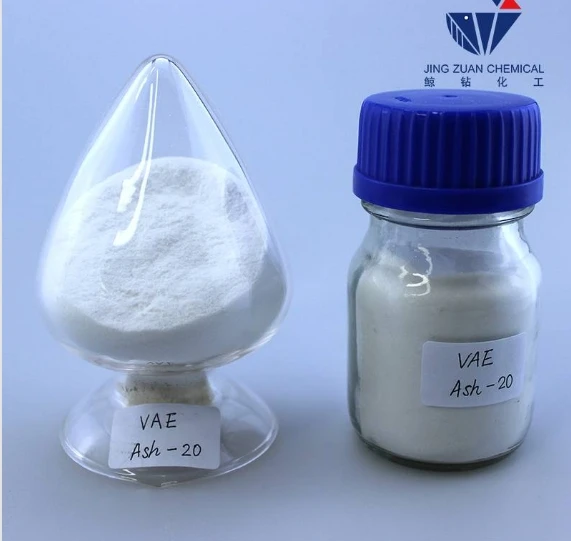
Жов . 07, 2024 11:46 Back to list
china hpmc-hydroxypropyl methyl cellulose
Hydroxypropyl Methyl Cellulose (HPMC) A Versatile Polymer from China
Hydroxypropyl Methyl Cellulose (HPMC) is a popular thermoplastic polymer derived from cellulose, widely used in various industries including food, pharmaceuticals, cosmetics, and construction. Originating from cellulose, a natural biopolymer extracted from plants, HPMC has gained significant attention due to its unique properties and applications. This article delves into the composition, manufacturing process, and diverse uses of HPMC, emphasizing its importance in both domestic and global markets.
HPMC is produced through the modification of cellulose, wherein hydroxypropyl and methyl groups are introduced into the cellulose backbone. This modification enhances the solubility of cellulose in water and improves its performance in various applications. The degree of substitution of hydroxypropyl and methyl groups in HPMC determines its characteristics, such as viscosity, gel-forming ability, and film-forming properties. These customizable properties make HPMC suitable for a wide range of uses.
Hydroxypropyl Methyl Cellulose (HPMC) A Versatile Polymer from China
In the pharmaceutical industry, HPMC is a vital ingredient in drug formulations. It is widely used as a binder in tablet production, a thickening agent in liquid formulations, and a stabilizer in emulsions. HPMC's ability to control the release of active ingredients makes it a popular choice for controlled-release drug delivery systems. This ensures that medications can be administered effectively, enhancing patient compliance and treatment outcomes.
china hpmc-hydroxypropyl methyl cellulose

Cosmetically, HPMC plays a crucial role in the formulation of creams, lotions, and gels. Its excellent water retention properties and ability to form a protective film on the skin enhance the stability and efficacy of cosmetic products. Furthermore, HPMC is often used as a thickening agent in hair care products, improving the application and performance of shampoos and conditioners.
The construction industry also benefits from HPMC, particularly in the formulation of cement-based products. It acts as a water-retaining agent, allowing for extended workability, and enhancing the adhesion of mortars and plasters. This is especially important in construction applications where prolonged setting times are necessary, such as in hot weather conditions.
In China, the production of HPMC has expanded rapidly, fueled by the growing demand across various industries. Chinese manufacturers employ advanced technologies and stringent quality control measures to produce high-quality HPMC that meets international standards. As a result, China has become one of the largest suppliers of HPMC globally, serving markets in North America, Europe, and Asia.
In conclusion, Hydroxypropyl Methyl Cellulose (HPMC) stands out as a versatile and functional polymer with extensive applications across multiple industries. Its unique properties, combined with the robust production capabilities in China, position HPMC as an essential ingredient in modern formulations. As industries continue to evolve, the demand for innovative materials like HPMC will undoubtedly grow, highlighting its importance in the global marketplace.
-
The Widespread Application of Redispersible Powder in Construction and Building Materials
NewsMay.16,2025
-
The Widespread Application of Hpmc in the Detergent Industry
NewsMay.16,2025
-
The Main Applications of Hydroxyethyl Cellulose in Paints and Coatings
NewsMay.16,2025
-
Mortar Bonding Agent: the Key to Enhancing the Adhesion Between New and Old Mortar Layers and Between Mortar and Different Substrates
NewsMay.16,2025
-
HPMC: Application as a thickener and excipient
NewsMay.16,2025
-
Hec Cellulose Cellulose: Multi functional dispersants and high-efficiency thickeners
NewsMay.16,2025







